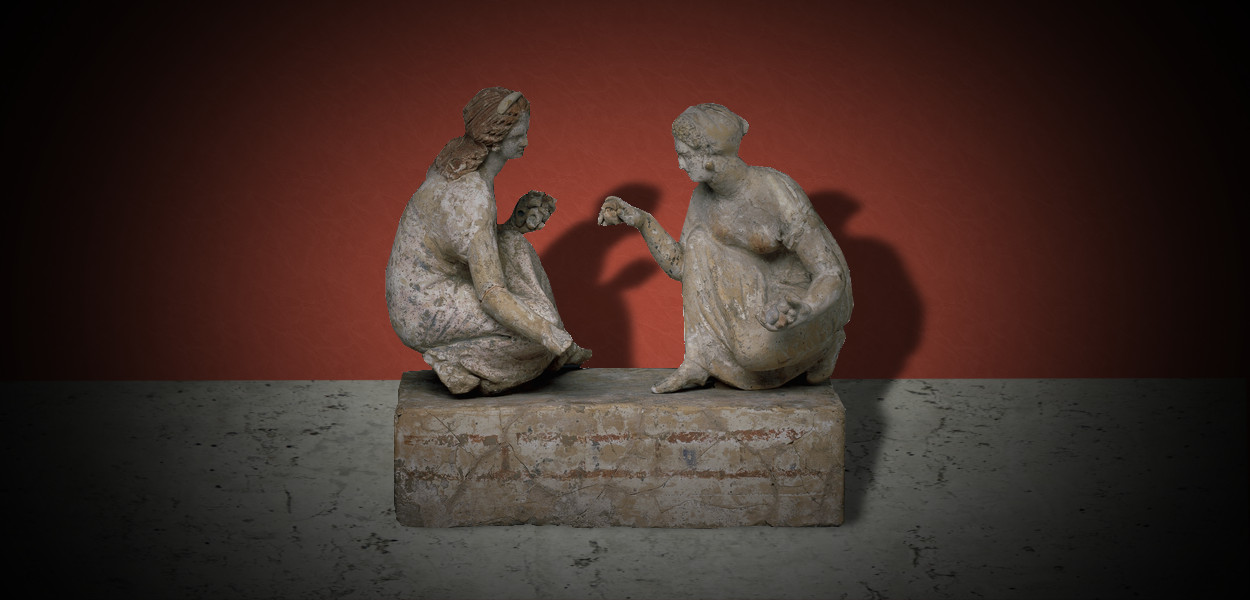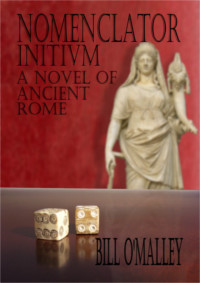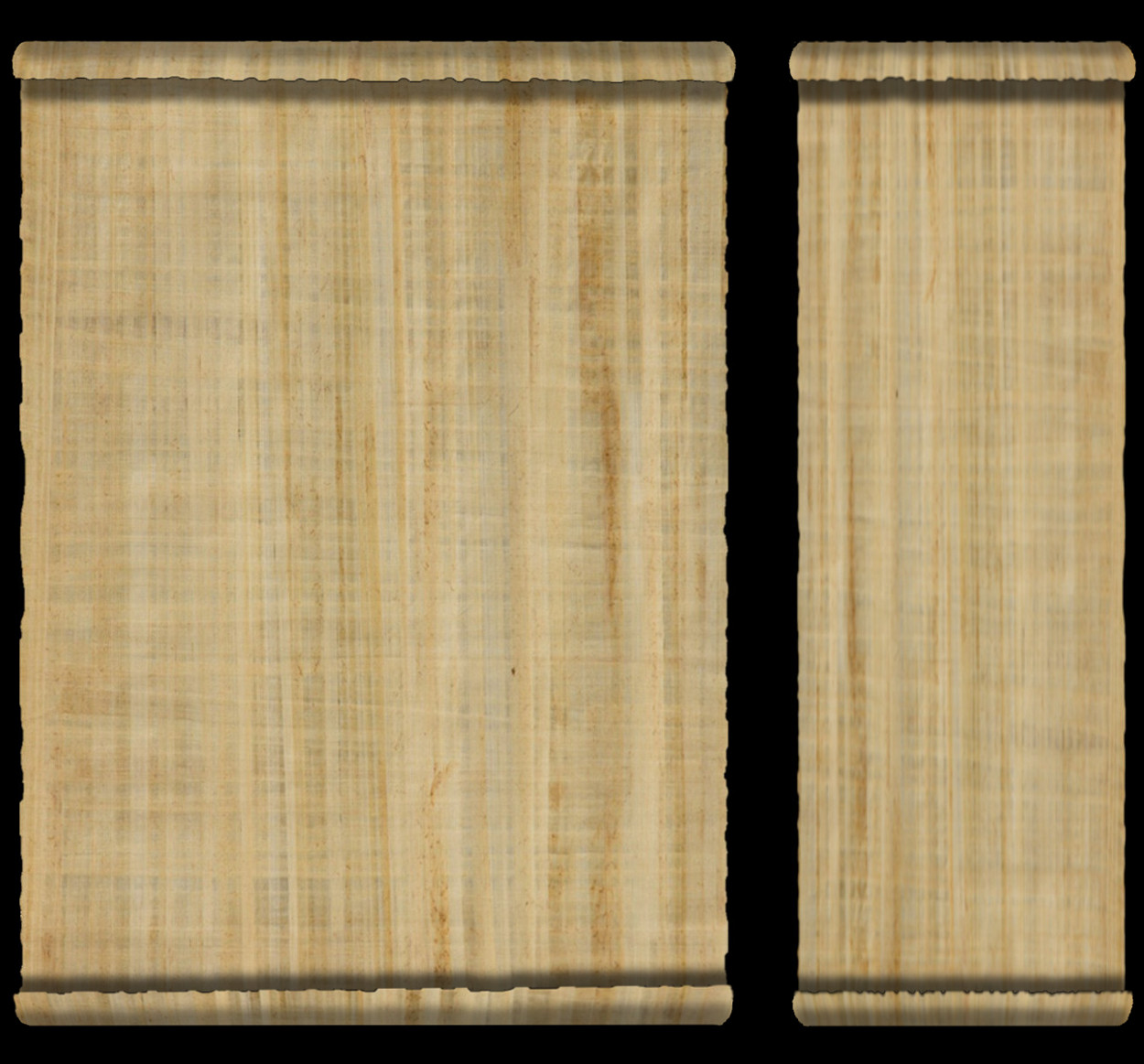


Tali (knucklebones)
Tali, a word which comes from the Latin talus, meaning knuckle, was originally played with bones from the ankles of sheep. However, the ancient Romans often manufactured these "bones" out of bronze, terracotta, glass, and even precious stones. While the origins of the game are unknown, it was sometimes attributed to mythological figures by the ancients. There are allusions to similar games in both The Iliad and The Odyssey which date to the eighth century BC. Plato attributed the invention of the game to the Egyptians and Herodotus to the Lydians.
There were two ways the game could be played. The first, and possibly the earliest way, was for a player to toss the bones and catch them on the back of the hand. The second way was to throw the bones onto a flat surface either by hand or from a cup in the same way we play dice today. Each side was counted as 1, 3, 4, or 6, making a number of possibilities. The sides of the bones were often marked with numbers or symbols and different throws were given different values, with the numerical values beaten by the "Venus" (one of each number appearing in a single throw) the "Vultures" (all four numbers are the same), the "Dog" (the lowest Vulture where all four bones show a value of one), and the "Senio," (a single 6 with any number combinations appearing on the other three bones).
No "rule book" for games has survived from ancient times and the descriptions of the game that appear in literature were written an intended audience that understood the game. This has led to the suggestion that only the scores of Venus, Senio, and Vultures were counted, but this does not explain why the sides were numbered, as symbols would have served the same purpose, and why, if numbers were used, they were not simply marked one through four. Therefore, it is likely numerical superiority was factored into the scoring as it is with modern dice.
The game of Tali survives in modern times as two different games. It seems apparent that the "knucklebones" were the precursor of numbered dice, but they also appear in the modern game of Jacks. It is easy to imagine that in ancient times young children used the Tali the way children use Jacks today as a means to play without involving complicated scoring or the gambling that likely accompanied the game.
These links are being provided as a convenience and for informational purposes only; they do not constitute an endorsement or an approval by Nomenclator Books or Bill O'Malley of any of the products, services or opinions of the corporation or organization or individual. Nomenclator Books and Bill O'Malley bears no responsibility for the accuracy, legality or content of the external site or for that of subsequent links. Contact the external site for answers to questions regarding its content.



















